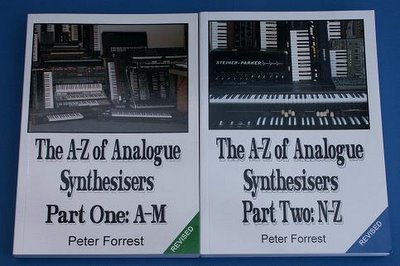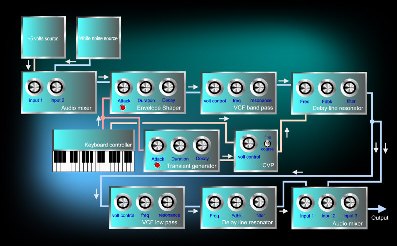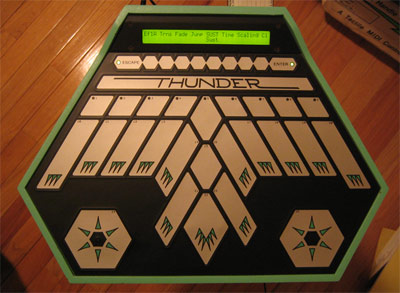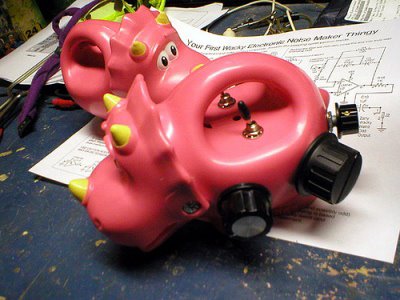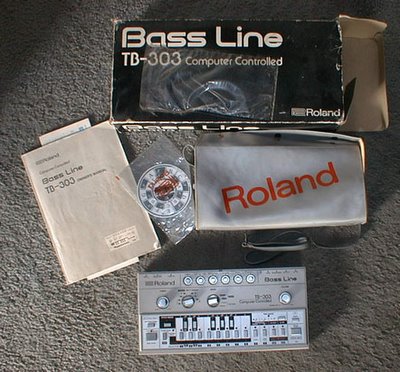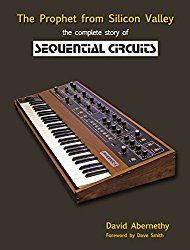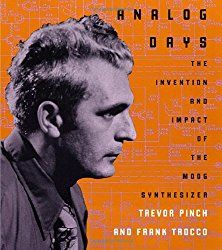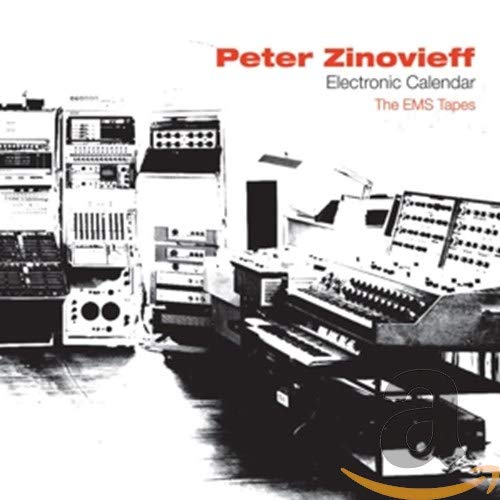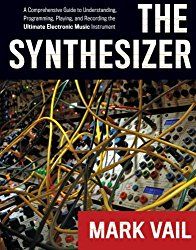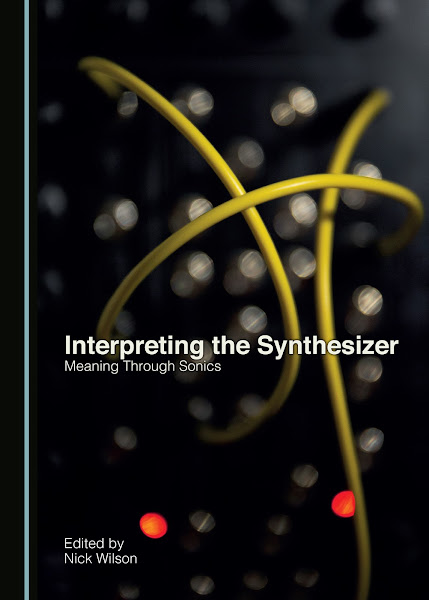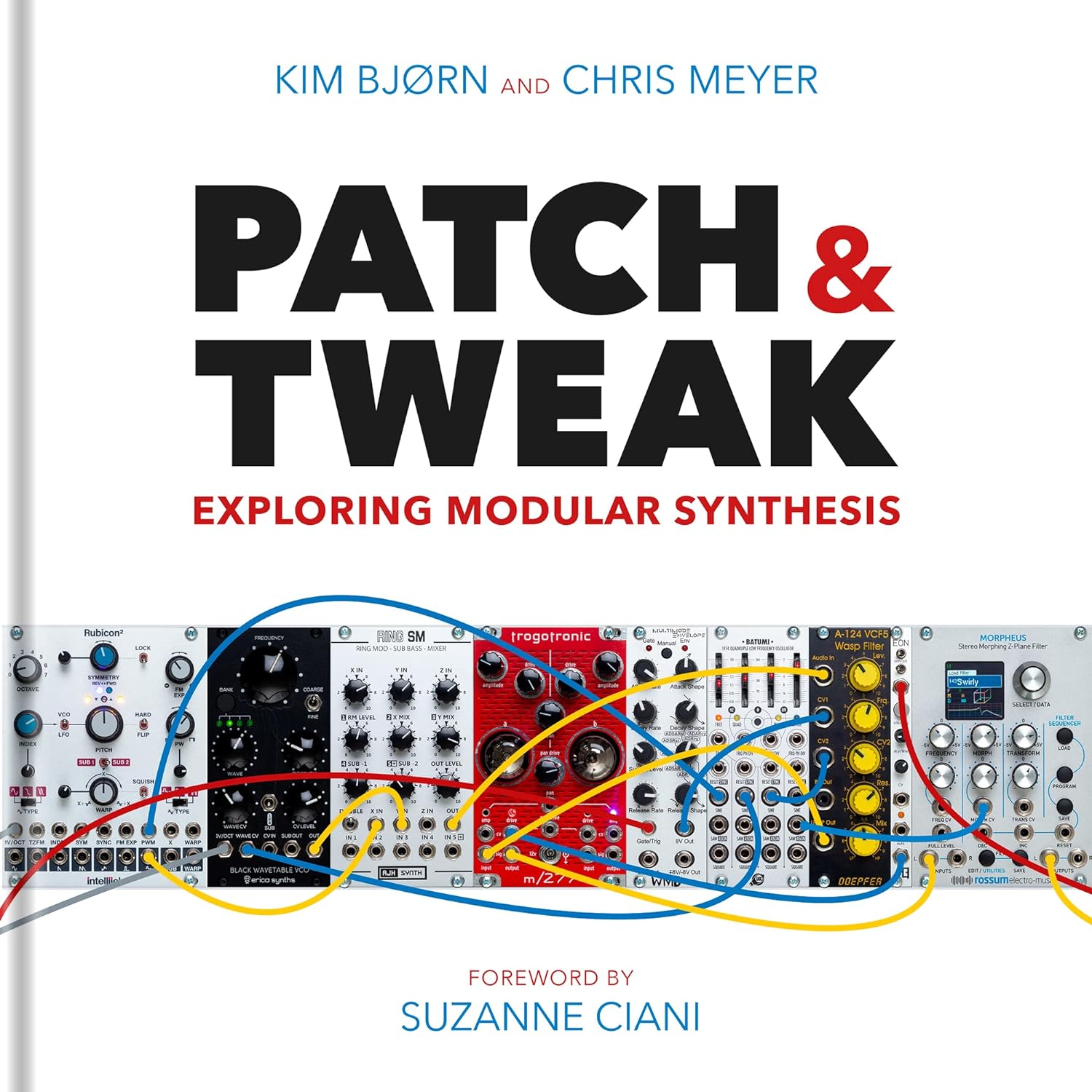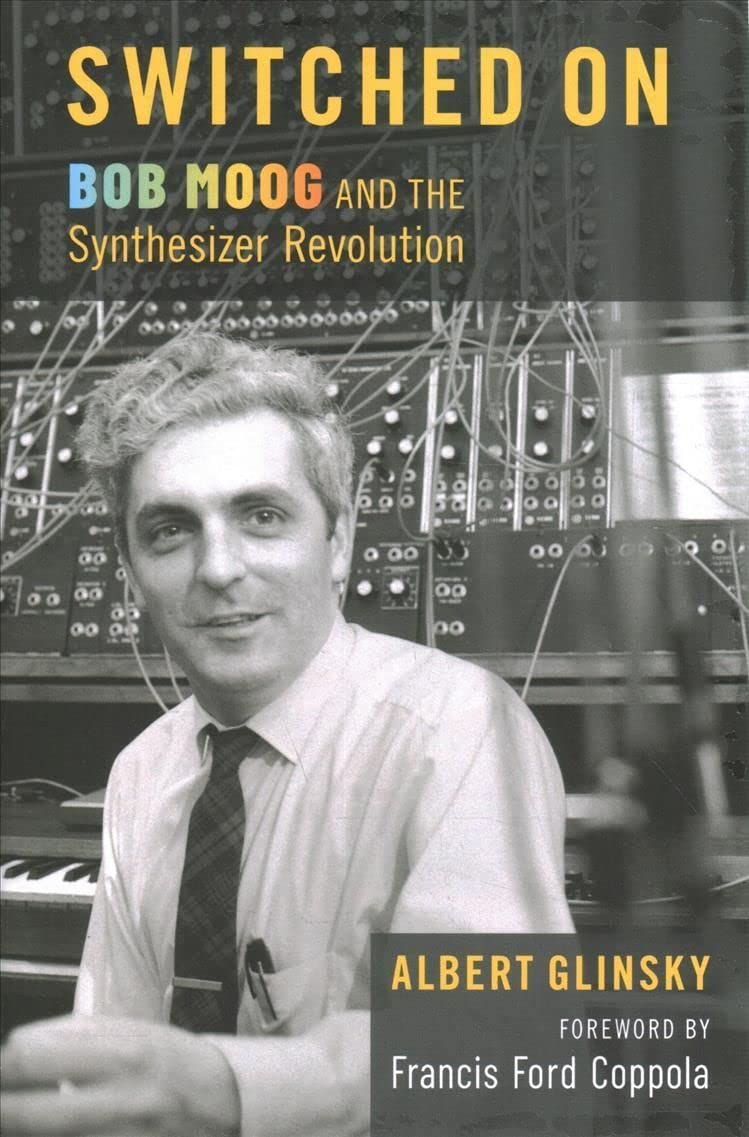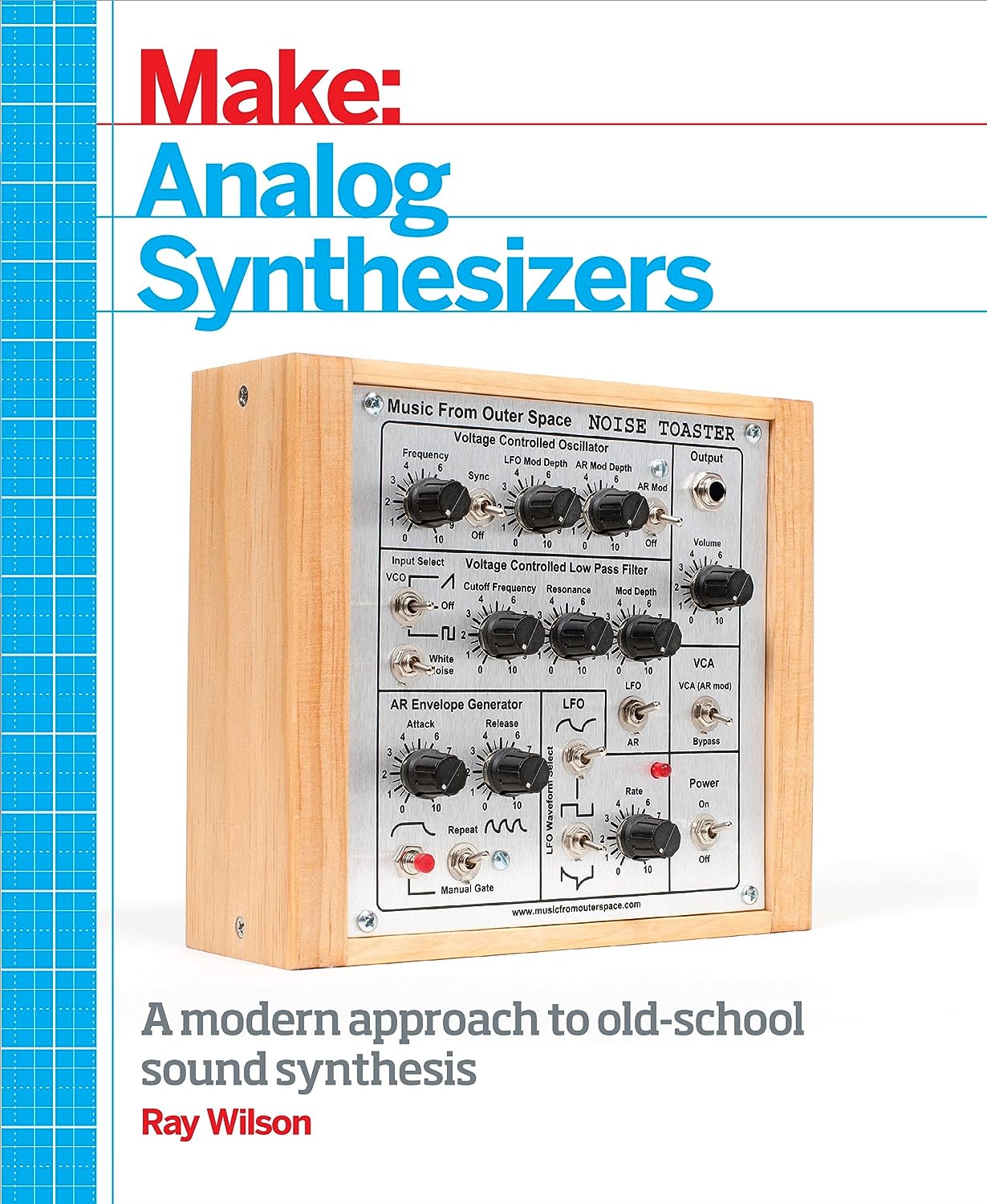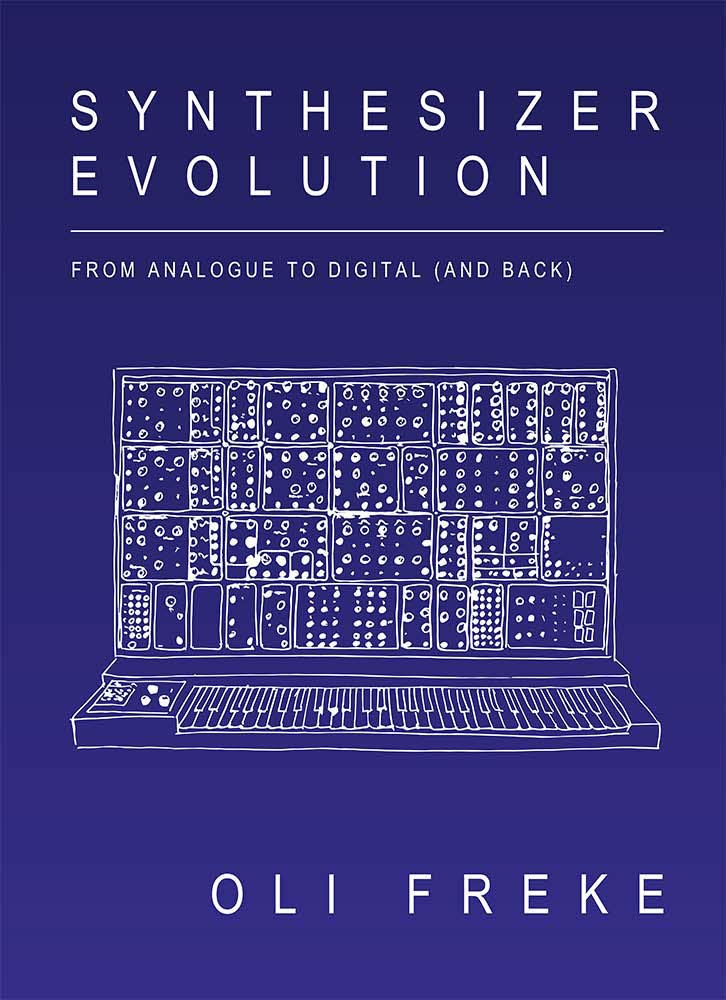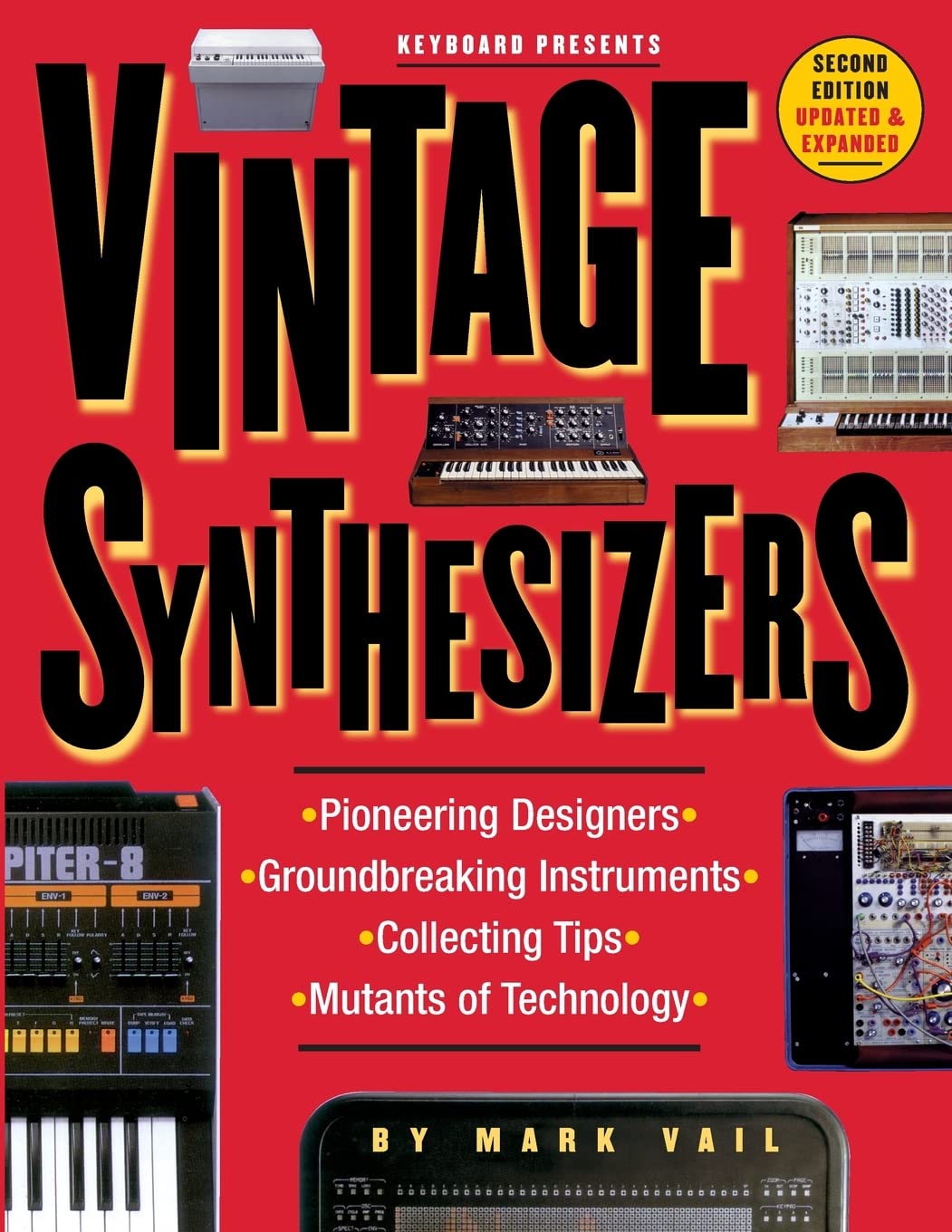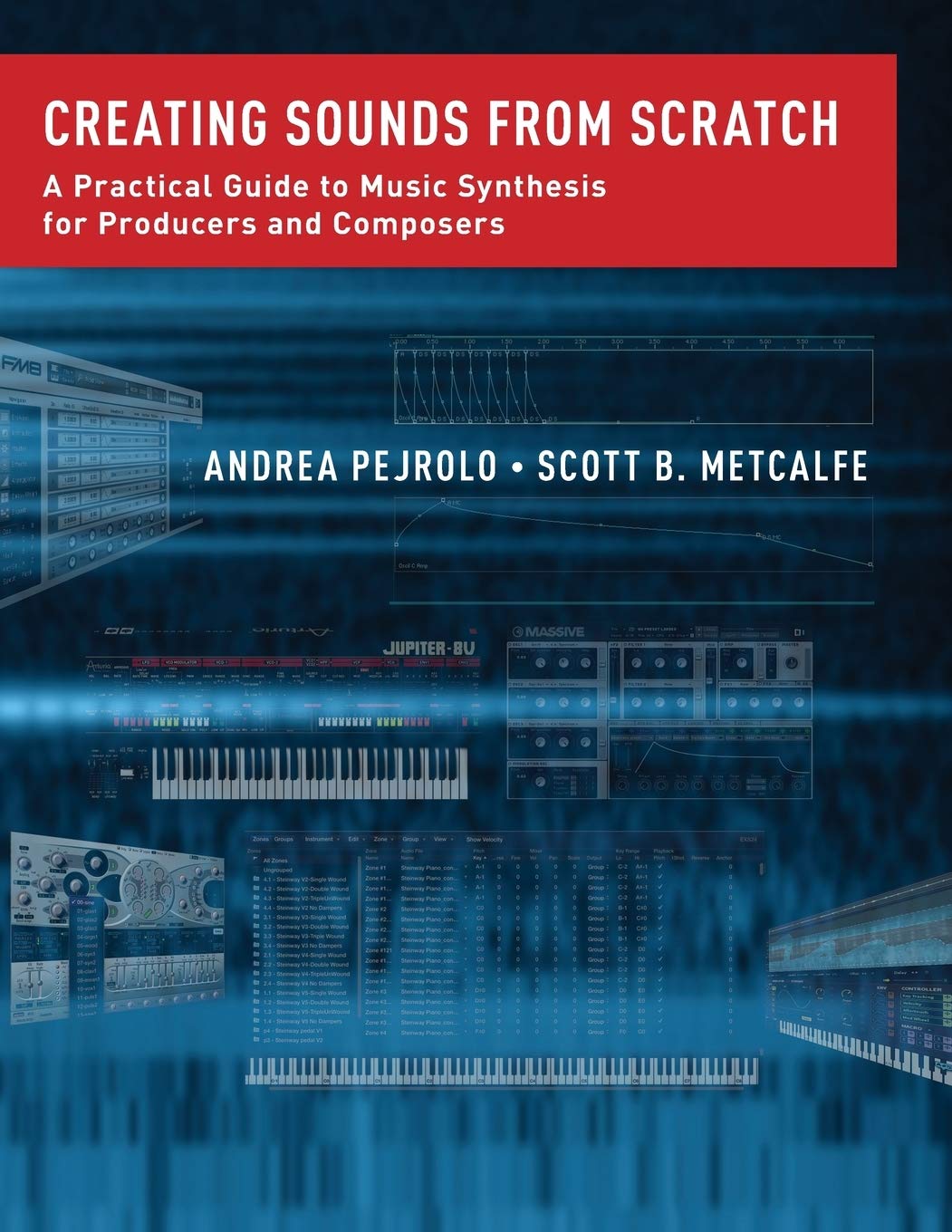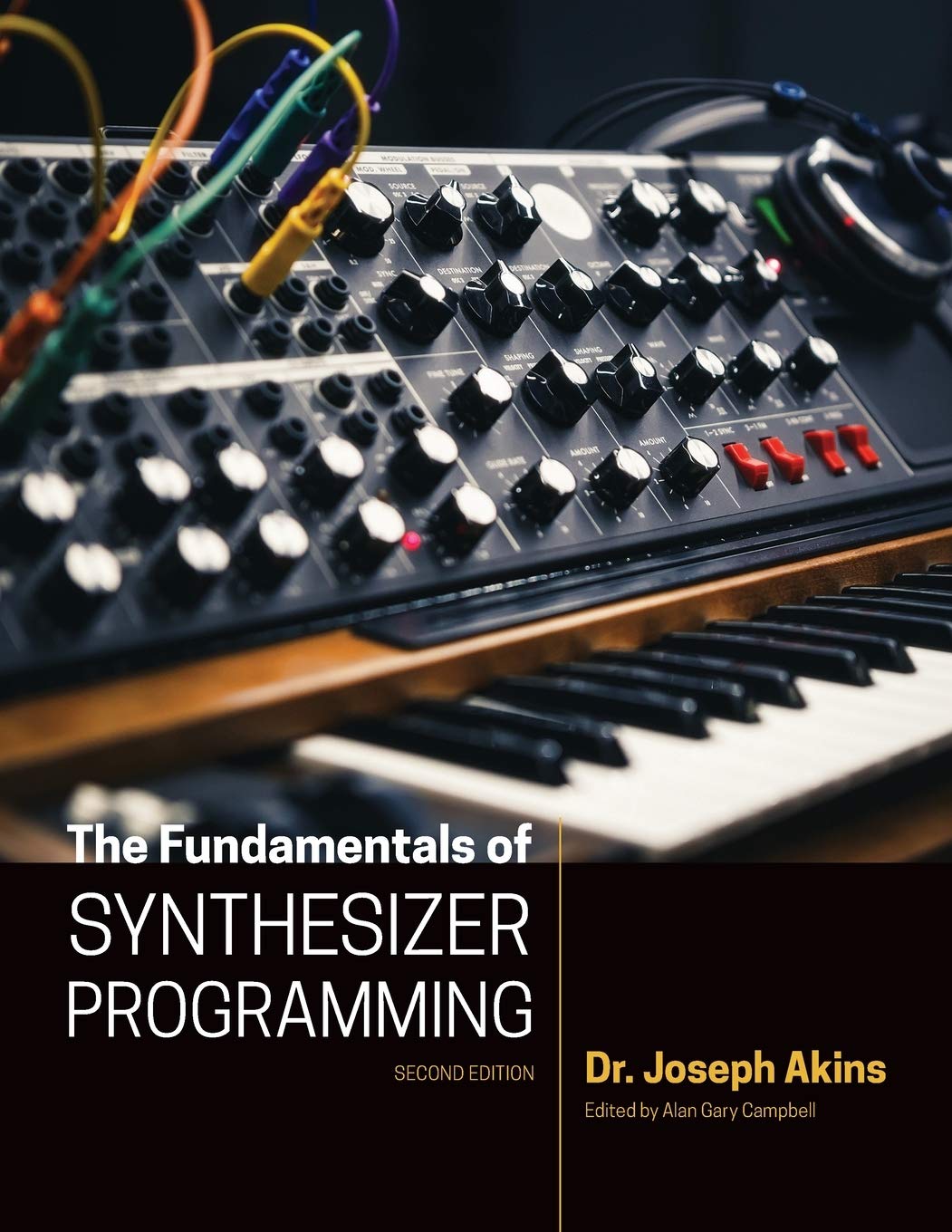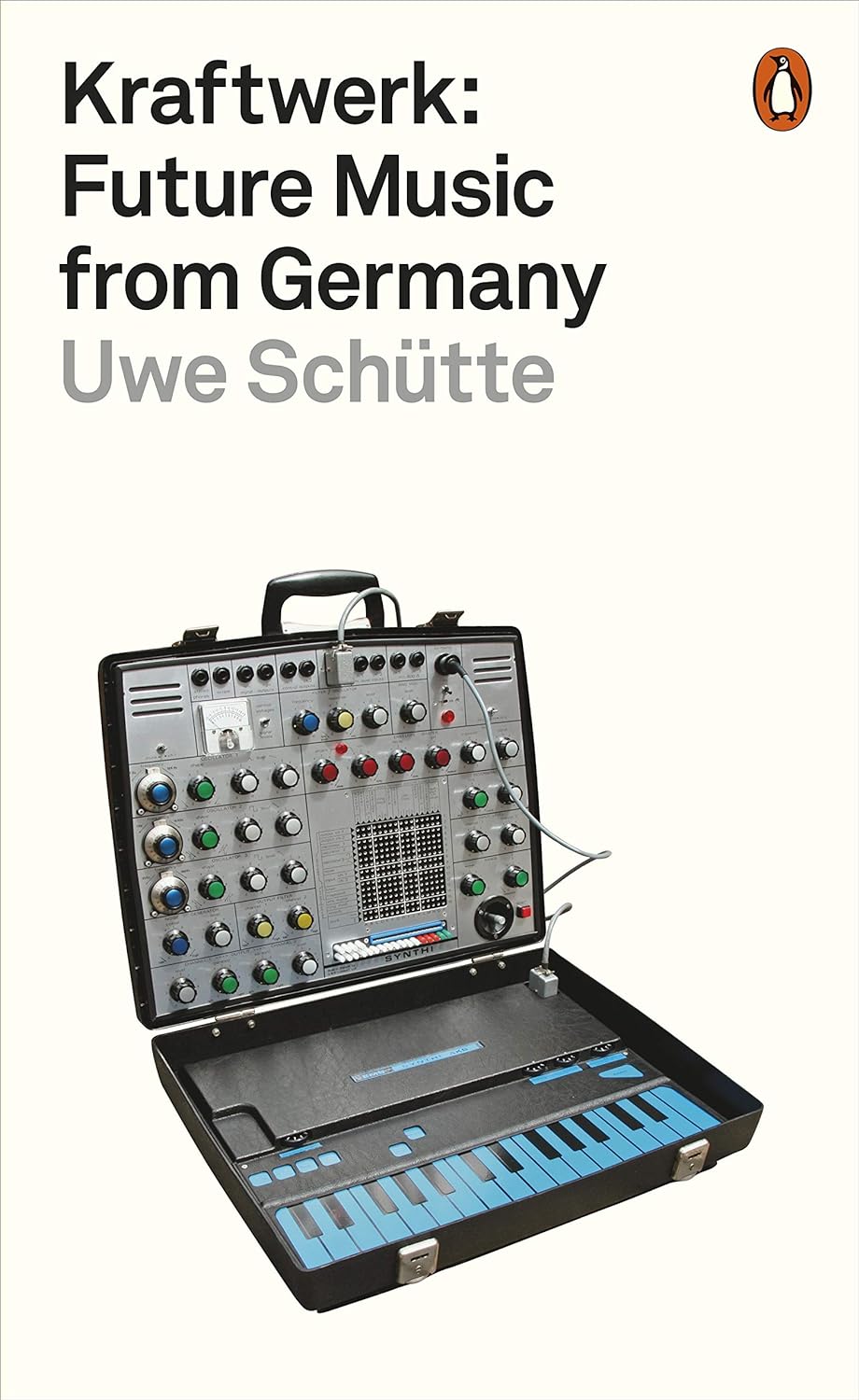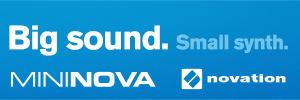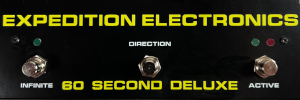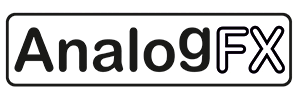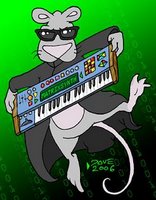Elhardt. Some of you may recognize the name. For those of you that do, it might conjure up a number of reactions, some good some bad. : ) He has been the source of a number of controversies and one grand spectacle in the synth world - the
Bahn Sage. The Bahn Sage was probably the biggest synth spoof ever. I remember spending weeks with others trying to find more on this mystery synth. A photo showed up on the net and it quickly spread, followed by more, and finally a brochure that had people whipping out their Photoshop skills to analyze in detail. In the end it was a fake; a brilliant hoax.
Now Elhardt has be showcasing his amazing programming skills by conjuring up some of the most realistic acoustic examples of real life instruments with an Alesis ION, Andromeda A6, and MOTM modular. Is it real or is it another hoax like the Sage? Who knows. I'm inclined to believe these samples are real given the attention to detail with the Bahn Sage, and replications of real world instruments by synthesists such as Wendy Carlos in the past, but you never know, do you. His samples are pretty awe inspiring (check out the links to some of my previous posts below for some examples, specifically the realistic drum set).
Another controversial perspective on synthesis from Elhardt? Knobs are not performance controllers. They are used to edit and create sounds. That's it. If you want to control sounds while playing, use the dedicated performance controllers on the synth like the mod wheels and keyboard. : ) I like to play outside of the box myself. Regardless I am impressed by Elhardt, and I do appreciate his dedication to synthesis.
Recently Elhardt sent an email to AH on his perspective on synthesis. I asked him if it would be ok for me to post it and he said yes. Enjoy. Or not. : )
Elhardt on Synthesis:
"Following are all the reasons I like to do realistic emulations of reality.
1) There is nothing interesting about playing samples. Everbody is doing that. Buy a $200 Casio and it does it. The skill of synthesis is completely missing. An artist paints a landscape, he doesn't just snap a photo of it. Sample libraries make everybody sound the same. If everybody synthesized their own acoustic sounds, everybody would have a different style.
2) Sample libraries are so insanely huge and can't even be fully used in real-time. I'd have to spend weeks sifting through 35 Gig of string samples and articulations and go through days of intense sequencer/midi programming to get them to play in a realistic manner. I'd have to use them from a computer with bug-ridden software. Major sample libraries are never complete, and constant updates suck money from you for the rest of your life. It's all going in the wrong direction.
3) I want instruments that play like physically modeled instruments. I just call up one patch and play it expressively in real-time. Simple. I also want to do instruments I can't buy samples of, or create brandnew instruments never heard before.
4) BTW, I have a lot of sample libraries, and some of the instruments suck, sometimes it's just a few notes that suck, sometimes the attacks are too slow and they can't be played fast, there are mistakes made (like clicking noises in garritans trombones, or a mono sample within stereo samples and so on), there's the repetative nature of hearing the sample recording played everytime the note is played, and so on.
5) Synthesis died in the 80's, before anybody ever pushed it to its limits. That is unsatisfying to me. When I first heard Tomita, I thought he was synthesizing virtually everything. Through the years, I found out he was using real instruments, mellotrons, and other acoustic methods in places. I want to do what he didn't. When I do a CD, I want to say I created all those sounds. As synthesists, aren't we supposed to show those snobby acoustic musicians we don't need them or their sounds?
6) Acoustic sounds are complex and hard to synthesize. It demonstrates extreme skill, knowledge of sound, and totoal control over a synthesizer to accomplish the advanced and difficult programming to acheive some of those sounds. It requires coming up with new techniques and tricks which are challenging and have never been done before. We've been hearing awful string patches, corny brass patches, cheesy drum patches for decades now. I want to push subtractive synthesis to its limits to see what it can really do, even if it were for no other reason than to say, "see", it really can be done.
7) Doing spacey synth pads and sequenced bass lines and that stuff is all nice and good, and I create many patches like those myself. But those things are relatively easy to accomplish. They don't force you into extreme patches of a 100 modules or into using a 42 band filter bank and spending weeks to acheive something nobody else can seem to do. You can't do this stuff on a Minimoog or OB-8. So as Matthew pointed out, it's mostly unexplored terrain. And doing something for the first time is more motivating to me than doing things already done.
BTW, my latest Nord violin I believe sounds better than the Synful one over certain ranges of notes. After I make two more passes through the 42 band filter bank refining it, I think I may have a better sounding violin over the entire range. Though it still won't play as smoothy. I'm also back to working on my additive string synth for the winter. The one I started working on before Synful hit the market and took some of the wind out of my sail."
Some previous posts on Elhardt:
http://matrixsynth.blogspot.com/2005/08/bahn-sage.html http://matrixsynth.blogspot.com/2005/12/alesis-ion-ralistic-drum-kit.html http://matrixsynth.blogspot.com/2005/11/alesis-ion-demos-by-kenneth-elhardt.htmlhttp://matrixsynth.blogspot.com/2005/11/alesis-andromeda-a6-and-motm-demos-by.html http://matrixsynth.blogspot.com/2005/11/alesis-andromeda-a6-samples-by-kenneth.html
